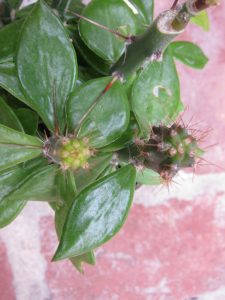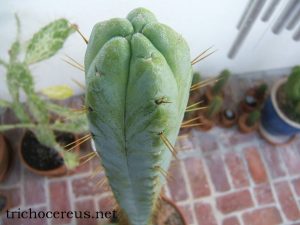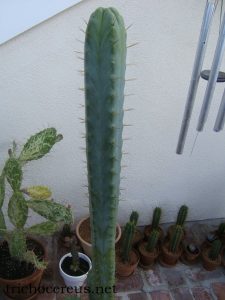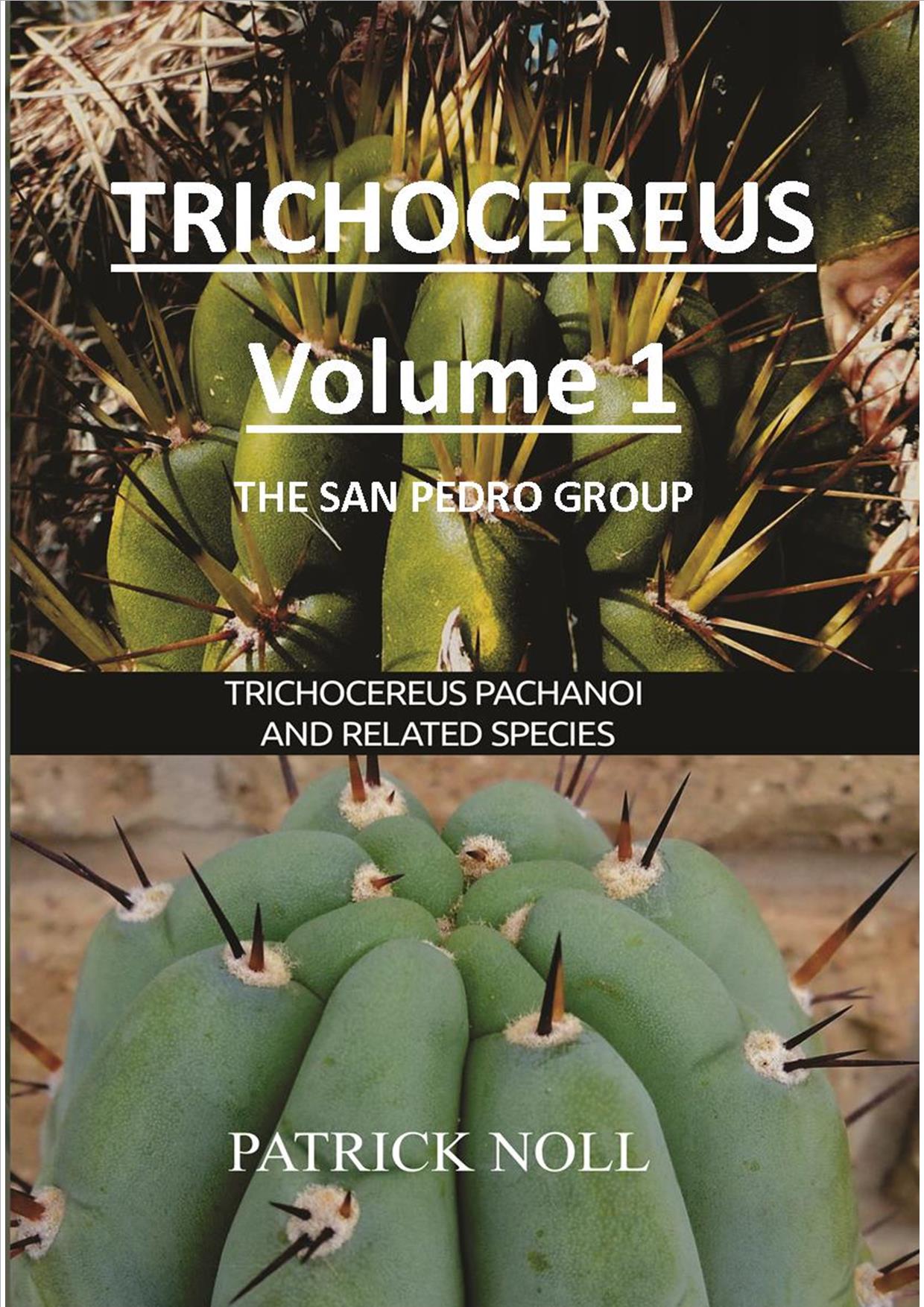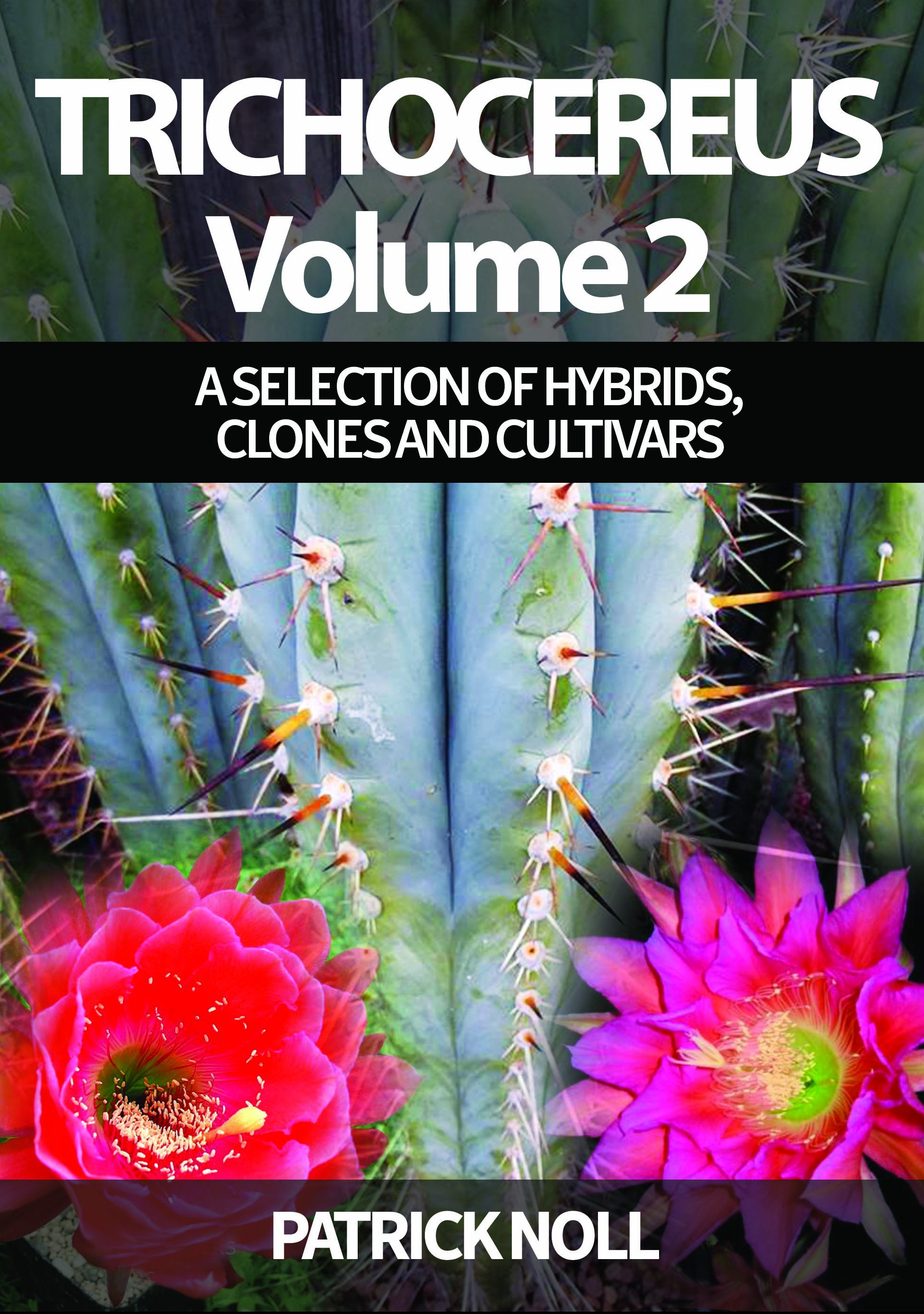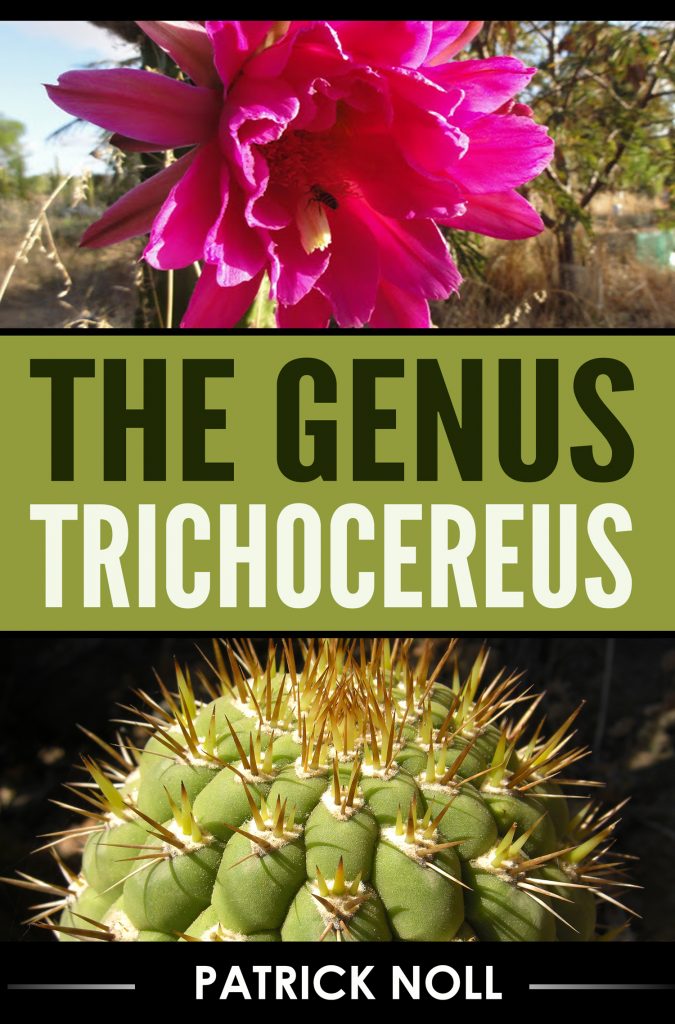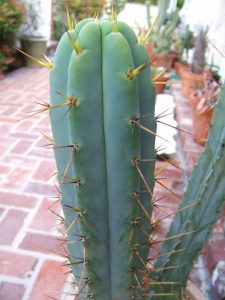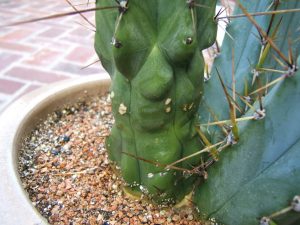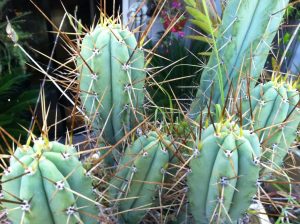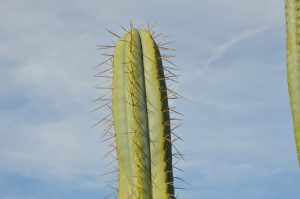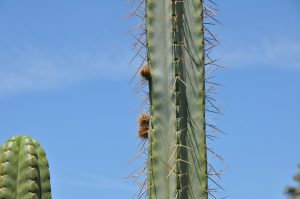Trichocereus Books
TRICHOCEREUS VOLUME 1
Trichocereus Volume 1 aka the Trichocereus book.
I always felt that there just weren’t enough books on the genus Trichocereus or certain species in particular, which is why I started this project couple years ago.
I spent the past year in a dark chamber and did nothing but writing; and I am seriously thrilled that the release date of this book is finally getting close now! For this book, I was able to source a large number of interesting pictures from habitats, botanic gardens and collections and combined them with the original or self-made descriptions of all the plants related to the San Pedro cactus to make it easier for you to ID plants on sight. Not only does the book include pics and descriptions of Trichocereus pachanoi, but also of all the related species such as Trichocereus peruvianus, Trichocereus bridgesii, Trichocereus scopulicola. It also contains pics and descriptions of the more obscure and unofficial ones, such as Tr. huanucoensis, Trichocereus pallarensis or Tr. huarazensis. And there is a whole lot more, including some never-before-seen pictures from the Sacred Succulents Field trips.
The first edition of TRICHOCEREUS: THE SAN PEDRO GROUP will be published in April 2016!
400+ pages
Cover: Design not final yet.
KAREL KNIZE TRICHOCEREUS INDEX
Karel Knize is a well known seed collector and cactus wholesaler from Peru. Though there are no definite numbers, he is probably the biggest source of Trichocereus types available on the market. And not only that. He has a huge list of plants or seeds that were once offered through his seed list or his mail order business and his KK242 Trichocereus cuzcoensis is probably one of the most common types of Trichocereus.
His list is so big that it took me years to source all the pics or cuttings of all those KK Trichos that are or were once offered by Karel Knize. Not only was it difficult to find a complete list, but also impossible to navigate myself through all the interesting types that he had available. I spent years trying to organize and catalog them all, and this book is the result of my (still ongoing) work. If you are buying bulk Trichocereus seeds, this book might be a great help.
The list of Trichocereus species offered by Knize is endless:
Tr. peruvianus, Trichcoereus pachanoi, Trichocereus puquiensis, Trichocereus tulhuayacensis, Trichocereus glaucus, Trichocereus taquimbalensis, Trichocereus validus and many more. Karel Knize´s plants come from Peru, Bolivia Chile or Argentina and I am really happy to have all the Trichocereus species or collections in one book.
I was able to source more than 150 pictures for the KAREL KNIZE TRICHOCEREUS INDEX and I am happy to share them with you in this book. I also got a whole lot of help by Mr. Knize & his family and I am really happy about the outcome of this project.
The
KAREL KNIZE TRICHOCEREUS INDEX will be released as a digital ebook once we got all the photos scanned.
160 – 200 pages.
TRICHOCEREUS VOLUME 2
A selection of hybrids,clones and cultivars
What originally started as just one chapter of my first Trichocereus book, really got a life of its own and turned into a huge project about
Trichocereus hybrids, and hybrids involving certain species and well known Trichocereus clones.
For this book, I collected 200- 300 photos and descriptions about the countless clones and hybrids passed around in the Trichocereus growers community. Most of those pics will be shown exclusively in this book and I am really proud to share them here with you.
This book is the outcome of over 20 years of hybrid breeding. From Australia to the United States and Europe. Many of my friends donated pictures for this book, and it´s a great privilege that I was able to make this book.
TRICHOCEREUS VOLUME 2 offers origin stories, pics and information about crosses and parents. Info about crosses that turned out great; and crosses that mostly produced monstrose offspring. It shows pictures of parents and their F1 offspring as well as a guide that helps you to ID your plants.
Release Date: Dec 2018 - February 2019
Preorder it here:
Trichocereus book Volume 2 Echinopsis cactus books
TRICHOCEREUS VOLUME 3:
THE GENUS TRICHOCEREUS
TRICHOCEREUS VOLUME 3: THE GENUS TRICHOCEREUS is the final chapter of my Trichocereus series and the result of my ongoing work as a cactus grower, with focus on the genus Trichocereus.
I was working on this book for many years now and it will finally be published around 2020! It´s just a vague estimate, so don´t be surprised if it takes longer than this. The book includes all the descriptions, pics and information about the genus Trichocereus. I dug myself through hundreds of books, including all the early descriptions and added context about whether or not those descriptions are still valid today.
THE GENUS TRICHOCEREUS comes with never before seen pictures of rare plants and is a healthy mix between classic descriptions and new high quality pictures.
Release date: The digital edition (ebook) will be released in late 2020.
Cover: Jason Hollinger & Micromegas. Design not final. Early promo cover.
https://trichocereus.net/book-vol-3-the-genus-trichocereus-patrick-noll-echinopsis
Trichocereus Bookstore

